BMS reConnect #48: New Year, New Champ
THIS is the peak of athletic performance. Also: CES highlights, chiller talk, my beef with short ribs, and so much more.
DISCLAIMER
All opinions are my own. Hit the subscribe button if you haven’t yet.
LUKE LITTLER
It’s Luke’s world. We’re just living in it.
This right here? This is the peak athleticism. SEVENTEEN year old Luke Littler is the World Champion of professional darts.
I’ve started each year on this Substack with a recap of the PDC World Darts Championship, which is held a Ally Pally in London a few days after New Year’s each year. In fact, my first ever edition of this tome highlighted my love of game by featuring a then-14 year old Littler smoking some kid in a teenage darts match, including a 9-dart finish (kind of equivalent to bowling a 300).
Luke then came up again last year when he placed second in the World Championship’s as a 16-year old.
For years now, nobody has denied his talent. We’re now at the point that nobody in the world can deny him from lifting trophies. The situation is now akin to having a teenager win the US Open in golf or something like that. Uncharted water here.
See below for a list of the names and ages of the last 20 PDC World Champions. 3x champ MVG, who Littler defeated in this year’s finals, was noted for his exceptional run that started at the young age of 24. That Littler bests him by 7 years is truly astounding.
Phil “The Power” Taylor won a total of 16 world championships and is the greatest ever. Taylor was 30 when he won his first World.
Don’t be surprised if Littler one day sheds the moniker “Luke the Nuke”—which is admittedly pretty solid—and starts going by “Luke the Goat”.
RETROFITTING DRIVES ON CHILLERS
Retrofitting chiller compressors with Adaptive Frequency Drives (AFDs) has emerged as a useful solution in the HVAC industry, specifically in local jurisdictions governed by energy/emissions mandates (looking at you, NYC/Boston/DC/Seattle/etc). Chillers are among the largest energy consumers in commercial and industrial buildings, often operating under variable loads that traditional fixed-speed motors struggle to optimize. By integrating an AFD— also known as a Variable Frequency Drive (VFD), Variable Speed Drive (VSD), or my personal favorite: the Freak Drive—facility managers can precisely control the motor speed of the chiller compressor based on real-time demand, significantly reducing energy waste and lowering operational costs.
The primary advantage of an AFD retrofit lies in its ability to match the chiller’s output to the actual cooling load. Traditional chillers operate at full capacity regardless of fluctuating demand, which can lead to inefficiencies during periods of partial load. AFDs solve this issue by modulating the speed of the compressor motor, allowing for precise adjustments to cooling output. This capability not only conserves energy but also reduces wear and tear on equipment, extending the lifespan of the chiller and lowering maintenance costs over time.
AFD retrofits also carry the potential to enhance system stability and environmental performance. By eliminating the need for constant on-off cycling, which can lead to voltage spikes and mechanical stress, AFDs contribute to a smoother operation. Additionally, the reduction in energy consumption translates to lower greenhouse gas emissions, helping buildings achieve sustainability goals and meet regulatory standards. Many utilities also offer incentives or rebates for implementing energy-efficient technologies like AFDs, further offsetting the initial investment. I’ve seen cases where drive retrofits—after including incentives—can have simple paybacks of under a year.
While the benefits are clear, successful implementation of an AFD retrofit requires careful planning and execution. A thorough assessment of the existing chiller system is essential to determine compatibility and identify potential challenges, such as harmonic distortion or electrical interference. Partnering with experienced professionals ensures the retrofit is designed and installed to meet both performance and safety standards. Consider OEM solutions for the smoothest possible integration with the existing chiller panel.
SHORT RIBS
I’ve been to three different classy events in the past few months that all served short ribs as the entree. Two of the three were overcooked/way too dry. Why is that? I suspect it’s because short ribs are almost always overcooked and way too dry. Short ribs are best used as stew meat.
I understand that I might lose a few thousand followers over this, but short ribs kind of suck. This, of course, is a matter of personal preference, but I am sorry…at a fancy event (gala, wedding, etc), a petite filet will be better than the short ribs 100% of the time. Even if the ones served last night were probably the best short ribs I’ve ever had, they were still not as good as a “normal” filet mignon. They just aren’t.
ChatGPT agreed with me. Here is a list of cuts of beef that are “better” than short ribs:
Ribeye
Tenderloin/Filet Mignon
Porterhouse/T-Bone
Strip Steak (New York Strip)
Prime Rib
Chateaubriand
Top Sirloin Roast
Flat Iron
Picanha
Hanger Steak
Tri-Tip
Beef Cheeks
Oxtail
A5 Wagyu Ribeye
A5 Wagyu Strip
I don’t know when the trend of serving the cheapest beef at the most expensive events started, but I’m ready for it to end.
HIGH PERFORMANCE LEASING
I sat through an interesting seminar earlier this week at the Decarb Summit on the topic of “high performance leasing” for commercial buildings. This topic has the potential to be very impactful for the real estate industry in NYC with respect to Local Law 97 and emissions fines (which started in 2024 and dramatically escalate starting in 2030).
The issue here is that building owners are responsible for paying fines or funding capital expenditures (CapEx) to bring buildings into compliance. However, tenants contribute a significant portion of the energy use (e.g., HVAC, lighting, plug loads) through their operational practices. Under standard leases, tenants rarely bear direct responsibility for emissions or efficiency investments. This creates a disconnect between who drives emissions and who bears the financial burden of compliance.
High-performance leases, also called green leases or performance-based leases, aim to align landlord and tenant interests by addressing energy use, emissions, and cost-sharing in a way that incentivizes compliance with laws like LL97.
With high-performance leases, tenants agree to adhere to certain energy efficiency measures, such as lighting upgrades, sub-metering, ENERGY STAR appliances, and potential limits on Energy Use Intensity and/or kWh-per-square-foot. Emissions responsibility clauses allocate fines or penalties tied to emissions back to tenants proportionally based on their energy consumption. This creates a financial incentive for tenants to adopt greener practices.
Cost-sharing mechanisms would allow landlords to pass through CapEx for energy-efficient retrofits to tenants, either partially or fully, with the understanding that these investments will reduce the tenant’s operating expenses (e.g., utility bills). Tenants may agree to pay for a share of retrofit costs as they realize savings in utility bills.
Barriers definitely exist that have prevented this from becoming standard practice. Many landlords and tenants are unfamiliar with high-performance leases. Green lease terms require more complex negotiations than standard leases and can create undue complications in that process. Tenants may resist cost-sharing for upgrades unless clear ROI is demonstrated, and uncertainty about how regulations like LL97 will evolve may delay adoption.
My read here—at least for NYC—is that high performance leasing is going to become common practice over the next decade. Industry leaders such as SL Green, Vornado, and Rudin are already moving in that direction, a clear signal other players in the market are sure to notice.
CES 2025
It’s always interesting to see what is going on at the Consumer Electronics Show. Here’s an X thread with some cool new tech (click picture to follow the link):
The two coolest I’m looking at here: the $8500 Smart Toilet, and the 135” folding TV.
ACOUSTIC JAMS


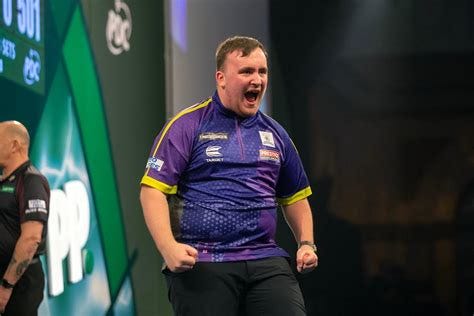
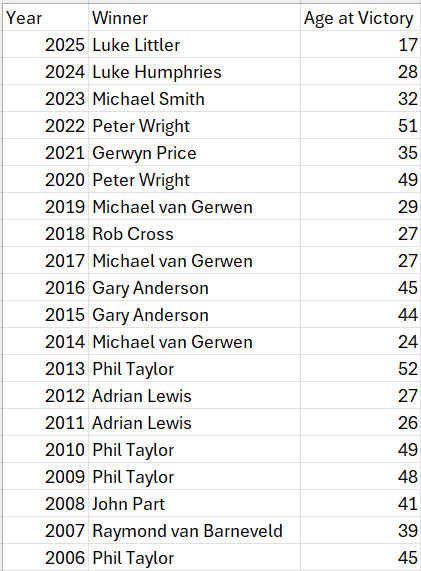
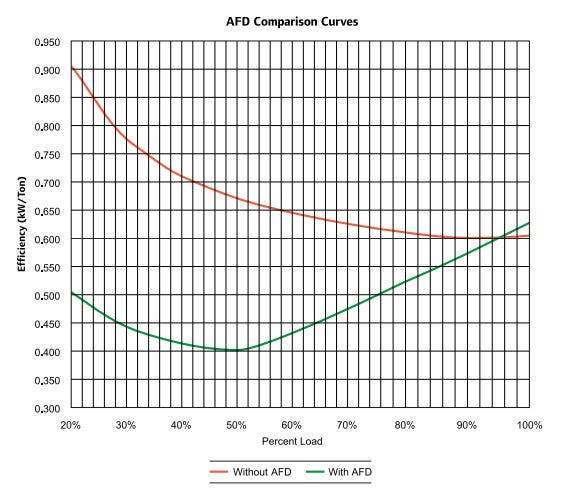
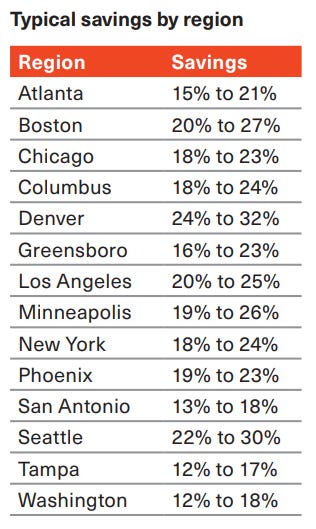

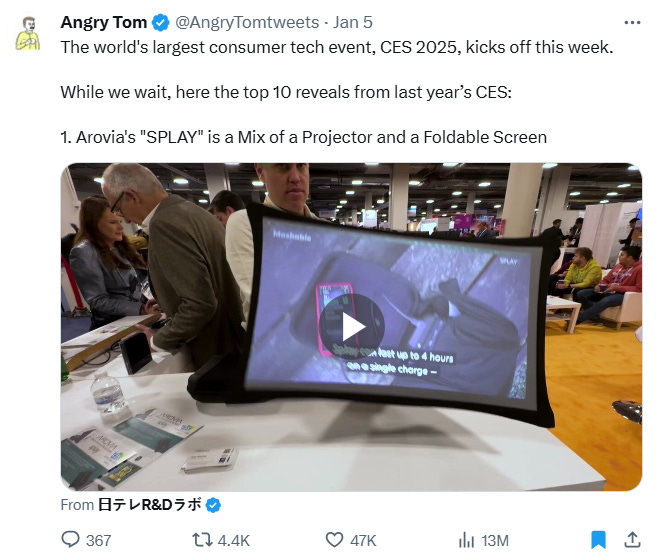
RIP beef short ribs!